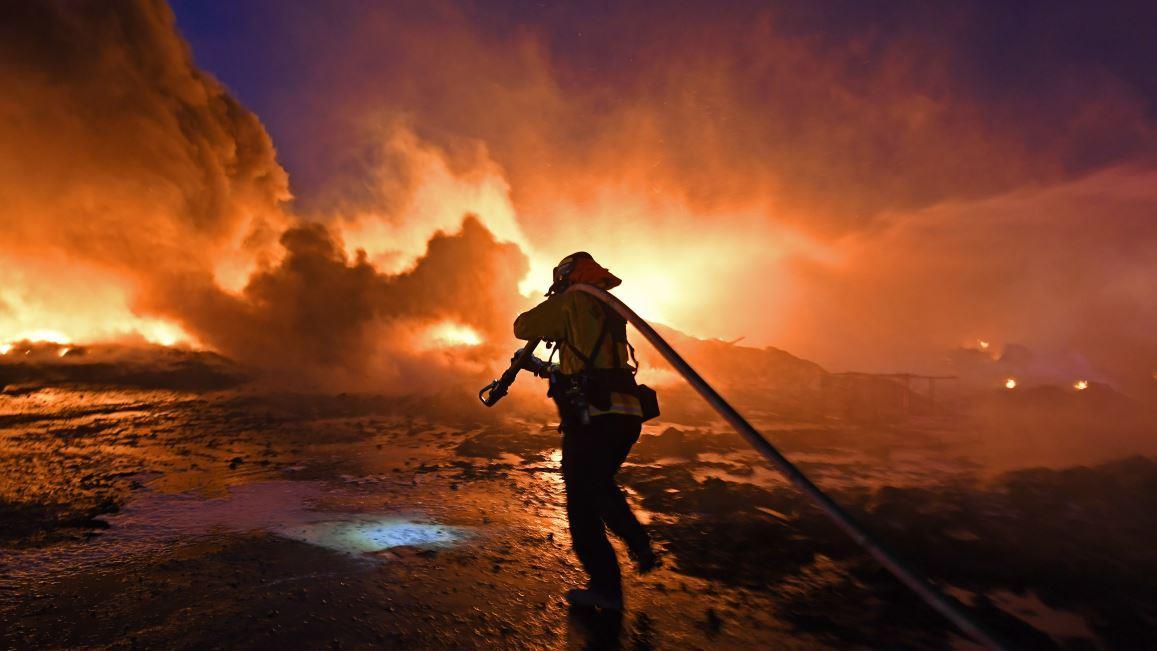Underground power lines touted as solution to California wildfires, but they come with a steep price tag
Underground power lines are being touted as a solution to California's wildfire problem — but switching problem areas away from overhead power lines takes considerably more time and money.
Replacing overhead power lines with underground costs about $3 million per mile compared with $800,000 per mile for new overhead lines, according to California utility Pacific Gas & Electric (PG&E).
| Ticker | Security | Last | Change | Change % |
|---|---|---|---|---|
| PCG | PG&E CORP. | 17.30 | +0.29 | +1.70% |
PG&E, which filed for Chapter 11 bankruptcy protection, is facing immense blowback for shutting off tens of thousands of Californians' electricity so that any power lines damaged by the winds would not contribute to the spread of wildfires.
Underground power lines do not pose the same kind of wildfire risks as aboveground, but they "are vulnerable to equipment issues, lightning strikes, flooding, earthquakes, and excavation damage by a third party," PG&E said in a 2017 post.

SoCal Edison crews replace power lines that were damaged from the Tick Fire, Thursday, Oct. 25, 2019, in Santa Clarita, Calif. (AP Photo/ Christian Monterrosa)
MILLIONS LOSE POWER AS FIRES RIP THROUGH CALIFORNIA
PG&E also points to research showing that "burying above-ground electric distribution systems can cost up to $5 million a mile in urban areas."
PG&E had roughly 81,000 overhead distribution lines as of 2017. Converting all of them at an average cost would have a price tag of more than $200 billion.
CLICK HERE TO READ MORE ON FOX BUSINESS
Still, PG&E said that it converts "many miles" of lines from overhead to underground each year. But the company is not usually on the hook for the cost. Property owners can band together to pay for a conversion, and developers can pay for the installation and other related costs for underground power lines as well.
If a city or county decides to install underground power lines, customer electric rates fund the projects after construction is complete.
GET FOX BUSINESS ON THE GO BY CLICKING HERE
When asked what PG&E could have done to avoid needing to shut off power, spokesman Paul Doherty told FOX Business, "Our ongoing and expanded efforts include further enhancing vegetation management around power lines, conducting accelerated safety inspections of electric infrastructure in high fire-threat areas, and hardening our electric system."
